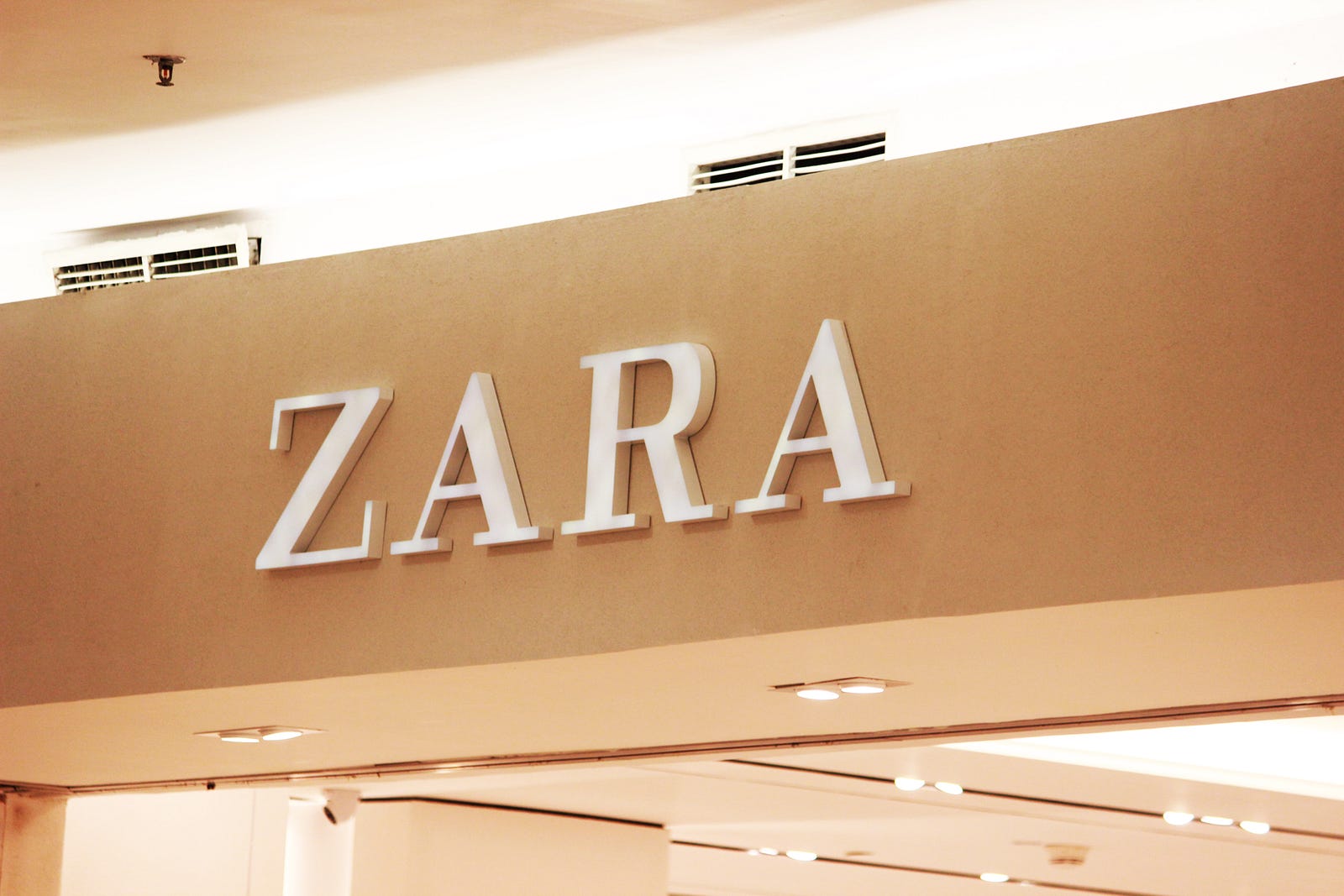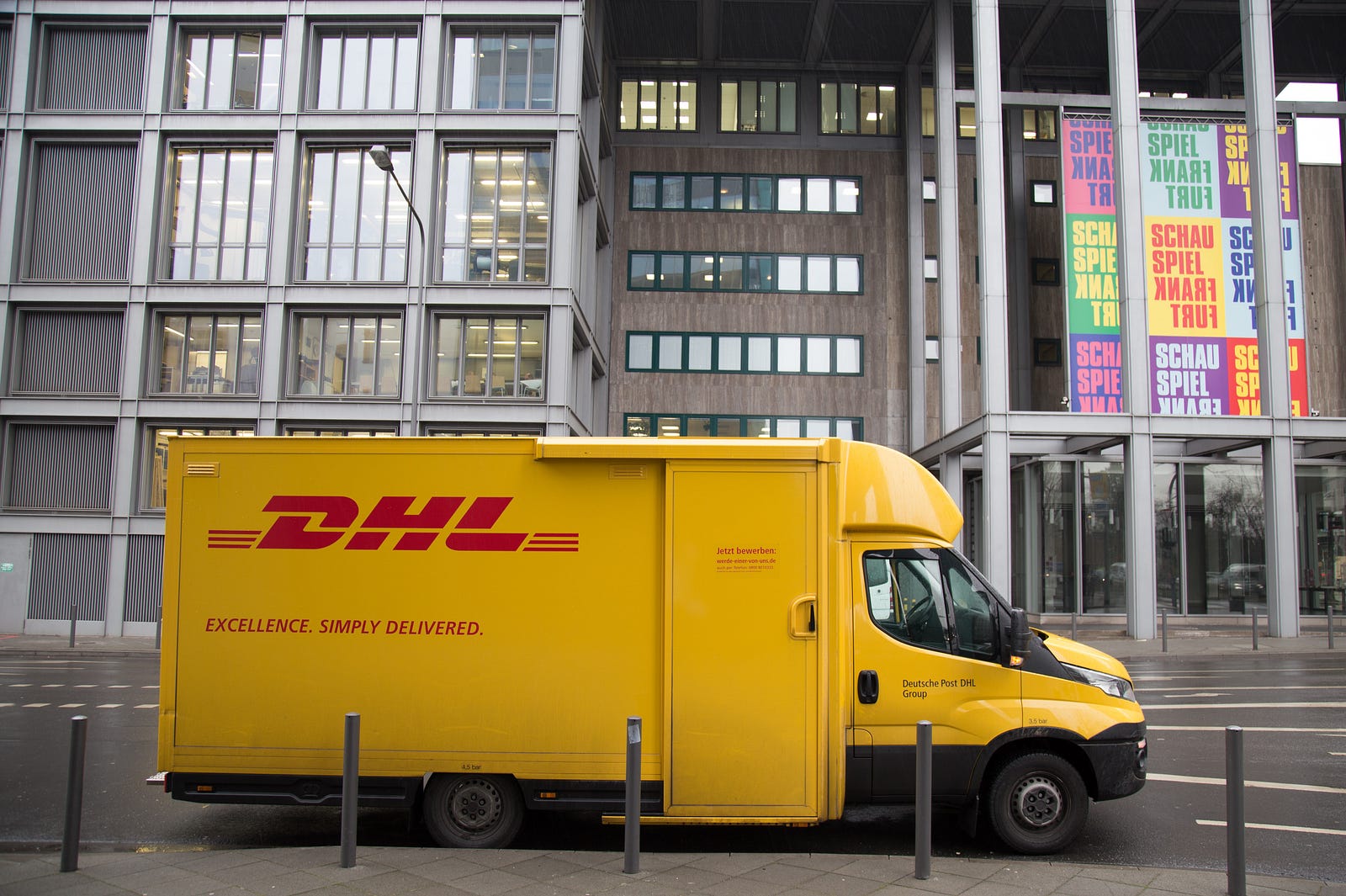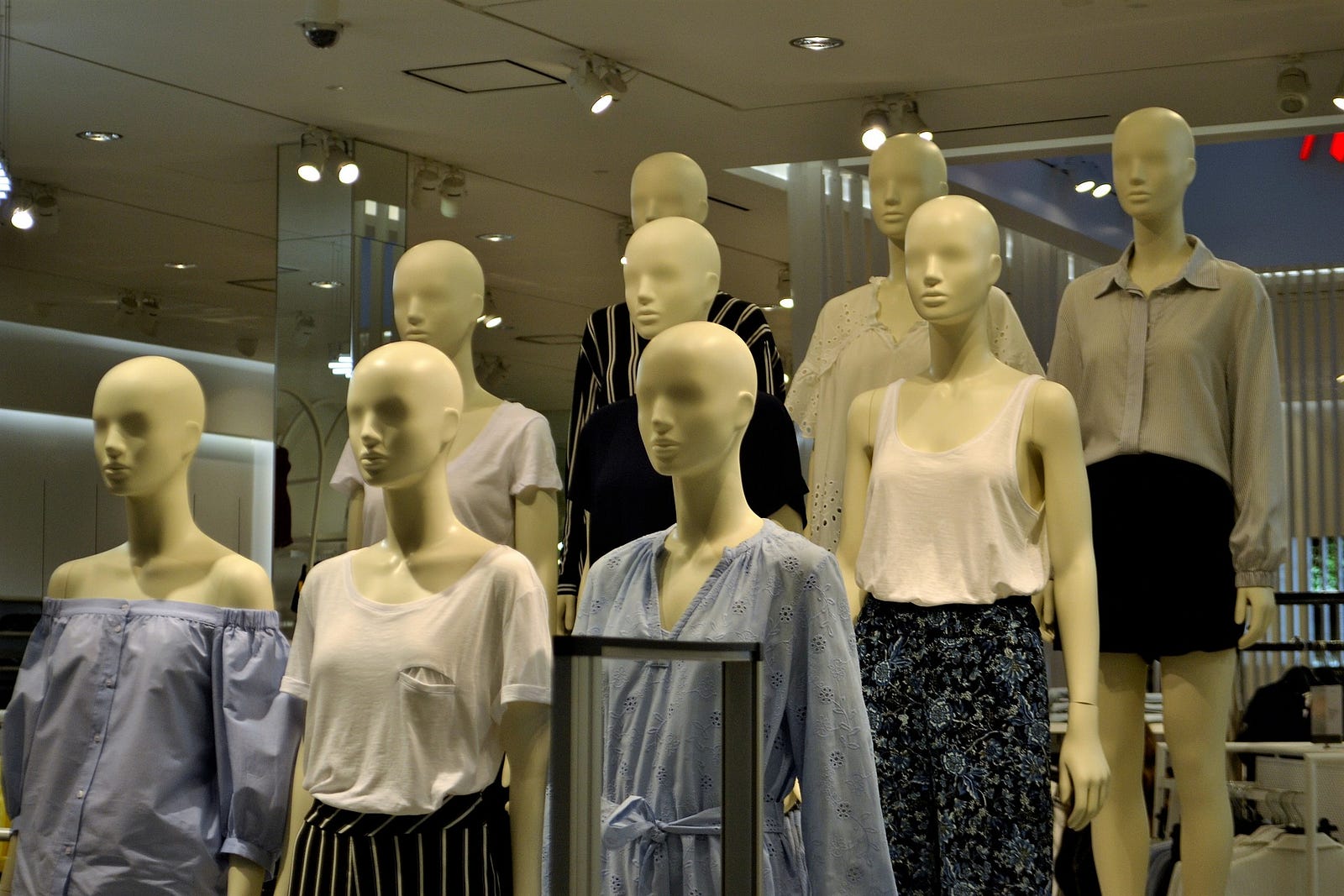Key Points:
Businesses in the fashion industry should align advanced analytics with their specific business goals and needs to ensure their effectiveness.
- Zara uses advanced analytics in its business strategy, focusing on four main areas: design, sourcing and manufacturing, distribution, and retailing. Zara’s strategy involves a highly responsive supply chain and data-driven decision-making.
- Advanced analytics can be applied in various specific areas of fashion, such as price optimisation, product recommendation, supply chain analytics, and more, to improve business performance and meet customer demand more efficiently.
The application of Big Data in Fashion is no longer news but probably what still remains vague is the “HOW”. How do brands already adopting Big Data leverage this technology to stay ahead of the game?
Perhaps you are not sure how fashion meets with big data, advanced analytics or data science, have a look at my article on “Re-Imagine The Business Of Fashion”. Despite the numerous advantages ‘promised’ by advanced analytics, fashion brands and retailers should have a good grasp of the business strategy, industry, and business needs before adopting any advanced analytics technology.
Not clear?
Here is an example:
For instance, as the owner of a low-cost fashion retail store called |“Ur_Style.com”, you are concerned about improving sales and then decide to adopt advanced analytics to aid customer retention and personalisation.
Before you read the next paragraph, take a minute to understand the challenge Ur_Style.com has and give your response to the question below.
Do you think adopting Advanced Analytics in customer retention and personalization is what a low-cost store needs?
Drop a “YES” or a “NO” in the comment section.
Now continue reading…
In the first instance, the reason customers would patronise a low-cost store is most likely for the low price it offers and not necessarily to build a personal relationship with the brand.
More so, as a low-cost fashion store, Ur_Style.com’s focus would likely be to increase profit margins while maintaining the low price. If you, however, try to adopt advanced analytics into customer retentions and personalisation, here are some of the situations that might arise:
- Need for skilled employees (Data Science Professionals)
- Increase in maintenance cost
- Investment in softwares
- Shrinkage in profit margins
To break even, you would need to increase Ur-Style.com’s selling price too, and this forfeits the reason customers patronise your store in the first instance.
More importantly, the advanced analytics approach you have chosen would appear to be a loss rather than an investment.
Take a few seconds break…
QUICK QUESTION:
What area of your business (Ur_Style.com) do you think you should adopt advanced analytics considering the type of business goals and needs you have?
Answered the question? Talk to me in the comment section.
To answer this question, you consult with a specialist who advises adopting analytics in your “supply chain and price optimisation”.
Aha!!!
Sounds like a better plan yeah?

- Improve what is most relevant to your business needs, i.e., increase profit margins.
- Offer products at low prices.
- Optimise your stock, i.e., know what amount of fashion products to stock up at the right time and duration.
Eventually, you will conclude that investing in advanced analytics was worth it.
This brings me to my next question:
What Are The Requirements to Adopt Big
Data Analytics in Fashion?
Before adopting analytics in your Fashion business, here are 5 key questions you need to ask yourself;
- Business Strategy– What is your business’ immediate need?
- Data-driven Leadership– Do you have leaders (CEO, Managers, team leads) that are passionate about data?
- Data Source and Management– What are your data sources (website, surveys, POS transactions, credit programs, etc). How do you intend to integrate and manage internal and external data?
- Employee Skill Level– Do you have a team that can implement this technology or can you afford to hire an external Data Science team?
- Company Size and Scalability– Can your company afford to invest in advanced analytics and people development and also have the potential to grow?
Taking a moment to ponder these five questions will go a long way towards contributing to the success of embedding advanced analytics in your company.
Would you like to know specific areas Advanced Analytics can be embedded in Fashion?
Then don’t stop reading!
Here are some specific areas where advanced analytics can be applied in Fashion
- Price Optimisation
- Product Recommendation
- Digital and Web Analytics
- Supply Chain Analytics
- Consumer-Driven Marketing
- Integrated Demand Forecasting
- Store Localization
- AI for Predicting Fashion Trends
For a better grasp of this concept of analytics application, I will explain a few of these areas using “Zara” as a case study.
Who is Zara?

- Zara is a Spanish fast-fashion clothing retailer based in Galicia.
- It was founded by Amancio Ortega and his wife in 1975.
- It is the largest company of the Inditex group.
- Zara is a pioneer in fast fashion based on a highly responsive supply chain.
- Examples of Zara products include; shoes, clothing, swimwear, accessories, beauty, and perfumes, home goods and decorations, etc
(SOURCE: Business Of Fashion, Wikipedia, Inditex)
In this section, I will elaborate on the following key aspects;
- Business Strategy
- Data Sources
- Data Usage
- Advanced Analytics in Supply Chain Optimisation
Zara's Business Strategy
This brings me back to this question ;
Business Strategy- What is your business’ immediate need?
A well-defined business strategy and objective are crucial for the successful application of advanced analytics in your business.
Let’s have a look at Zara’s four main Business Model Areas
- Design:
Zara’s design team is in constant touch with the customers and very attentive to even the slightest change in trend, creating close to 40,000 designs of which only 12,000 are released each year.
This team does not work in silos, they sometimes visit university campuses, nightclubs, and other locations where trends can be easily spotted. Even though they do not attend fashion shows, the Trend team tracks bloggers and pays close attention to the brand’s customers.
Did you grab all of that ?
If no, go over it again and then proceed to the next paragrapgh
2. Sourcing and Manufacturing:
About 80–90% of the production process occurs in Europe and 50% of this takes place at the Headquarters. The fabrics used are mainly sourced from Italy, France, and Spain.
Computer-Aided Design pattern-drafting techniques and other state-of-the-art technologies are adopted in the pattern and garment cutting process to reduce waste.
Note, the design process and cutting are done in-house, while some major parts of the stitching are done by contract staff hired by Zara.
After production, comes the Quality Assurance check and the packaging processes.
3. Distribution:
The team ensures the packages received at the warehouse match what is being ordered by the stores, codes them respectively, and distributes them to the necessary locations.

4. Retailing:
Zara retail stores are located in strategic premium places to attract the ideal audience with a well-organized store layout.
Big Data Application in Zara Supply Chain Optimisation
Part of the few things I questioned about the Fashion Industry was why we had two major seasons and why designers always had to produce outfits about 6 months earlier so as to showcase in the fashion week.
In some instances, the clothes from the previous season have not been sold or just arriving from the factory. Consequently, the design process and development begin towards the next Fashion Season.
And this cycle continues year in year out.
It just didn’t add up…
and still doesn’t!
What really is the essence of spending so much time, energy, labor, and other resources in producing a garment, and then it lies in the store ???
Personally, I am not a fan of fast fashion, and I preach sustainability. But I think sometimes we fail to realise that making sales and having good profit margins are also part of building a sustainable business.
Or what do you think?
When I read about Zara’s strategy of first releasing only 50% of its collection and releasing the rest based on the insights from data collected in the initial release, I marvelled at the idea and got more curious.
Zara’s strategy to optimise the supply chain involves applying big data from gathered customer interests, feedback, surveys, and other insights used to guide the design and production processes. Hence, a lower production lead time.
Just try to follow my story, it will become clearer soon.
Are we good?
In the traditional design process, there are two major fashion cycles, and the process begins from design to fabric sourcing, sampling, final production, logistics, and finally distribution. In most cases, fashion brands source cheaper labour in places like China, Bangladesh, and some parts of Europe.
Hence the long production lead time (6 months). This process causes the clothes to arrive late, thus forcing designers to sell them off at cheaper prices.
So how does Zara optimise its supply chain to avoid this?
The answer to this question lies in Analytics Fashion Supply Chain Optimization; A Case Study of Zara.
Before you jump on the next article, have quick look at my conclusion, and then you can enjoy the second part of the article.
In Conclusion
The adoption of advanced analytics in the fashion business is no longer a trend, but a must for survival.
However, fashion manufacturers and retailers must approach advanced analytics with a thorough awareness of their business objectives, industry dynamics, and individual demands. The example of “Ur_Style.com” emphasises the importance of analytics aligning with the primary objectives of the organisation in order to be really effective.
In other words, businesses must evaluate their business strategy, leadership, data sources, staff capabilities, and scalability before embarking on a successful analytics journey in the fashion industry.
About the Author
Kiitan Olabiyi is a Fashion Data Consultant and Content Writer at DATA4FASHION.
She writes about data analytics application in fashion, technical tutorials and fashion trend analysis.
Connect with her on LinkedIn.
For inquiries on how to contribute to our fashion data blog, email us at info@data4fashion.org.





